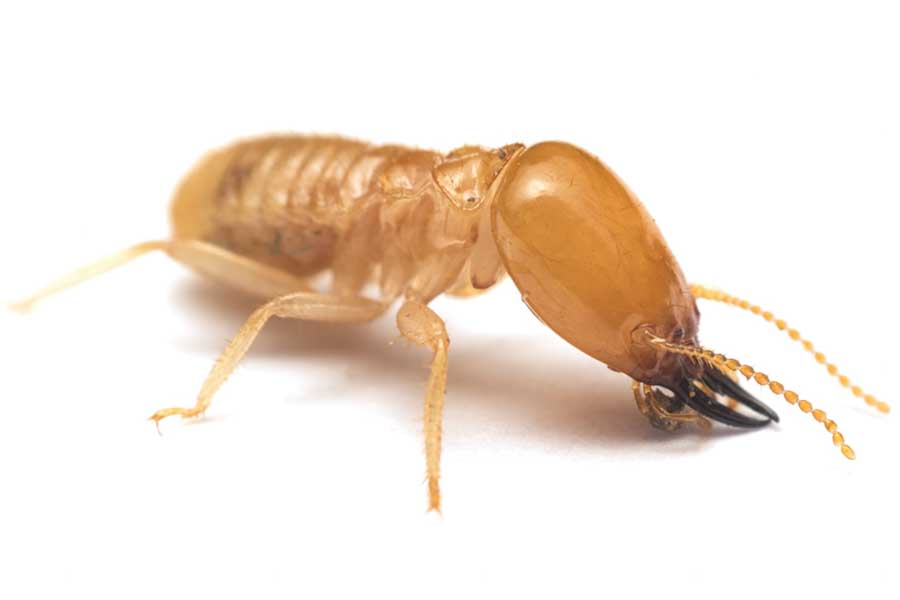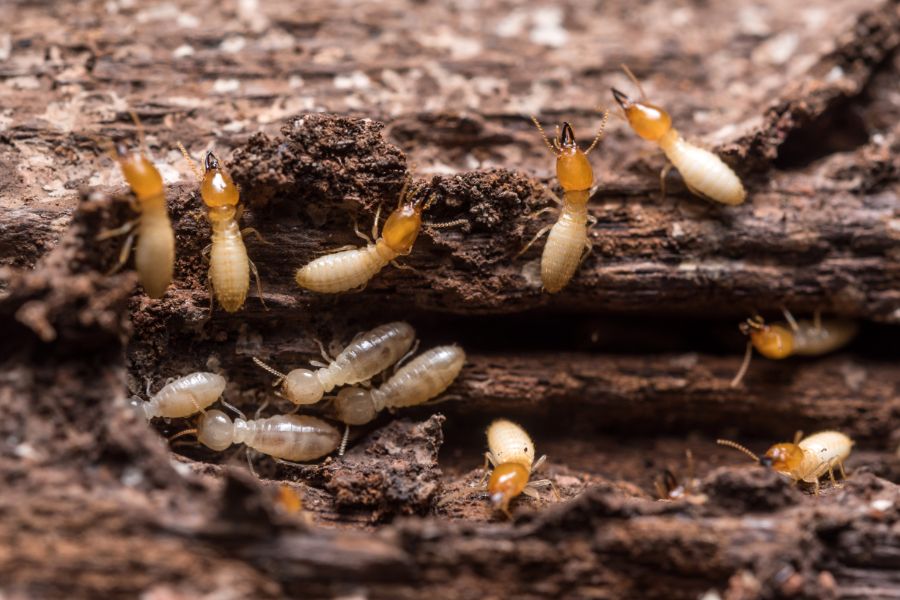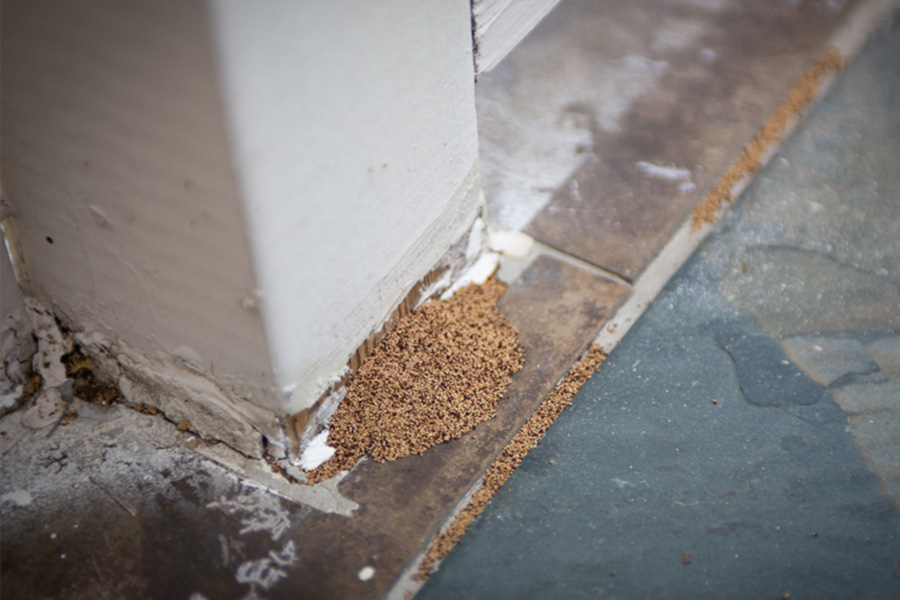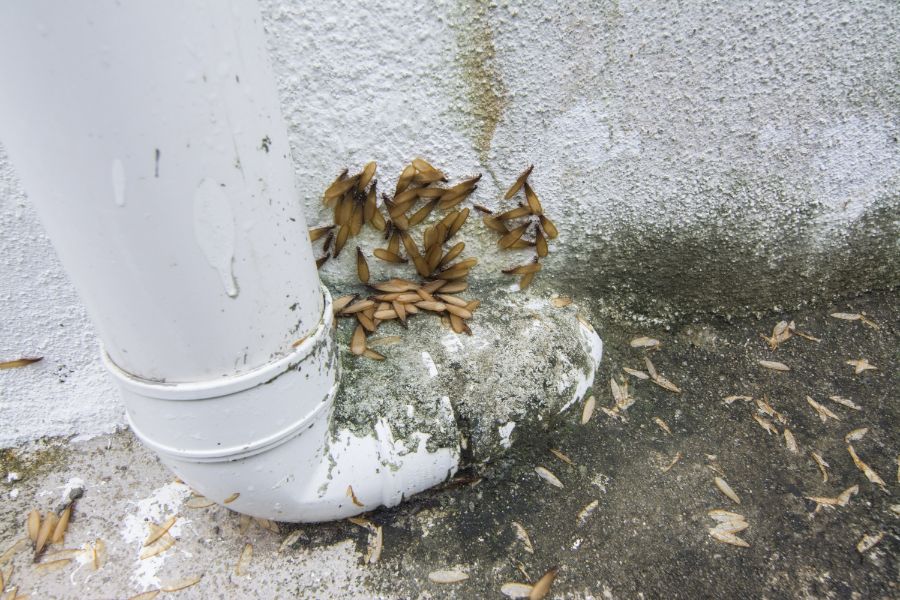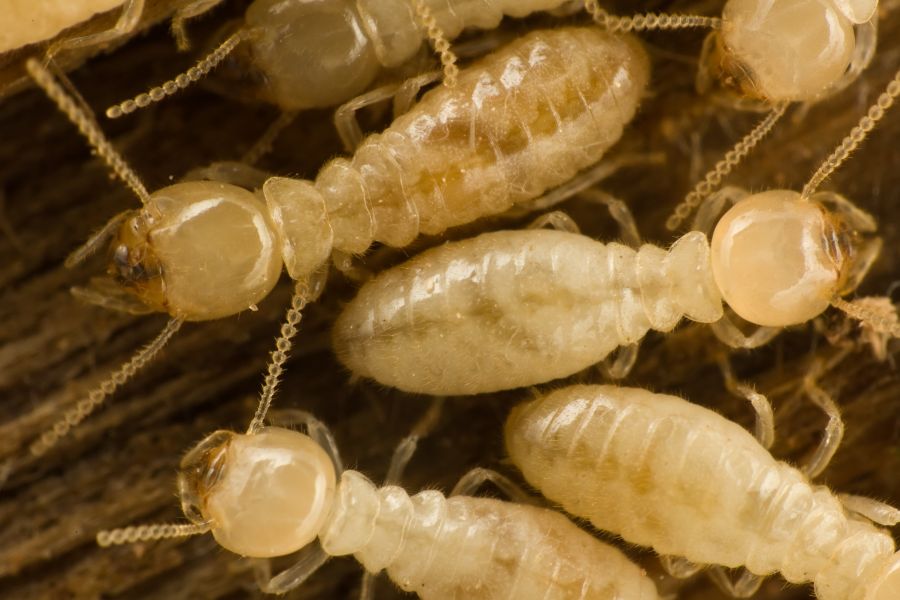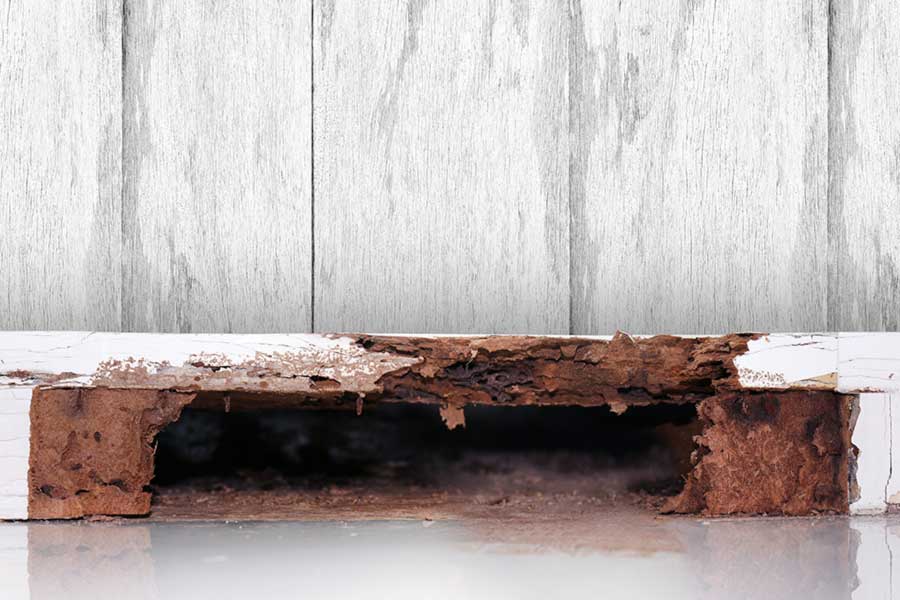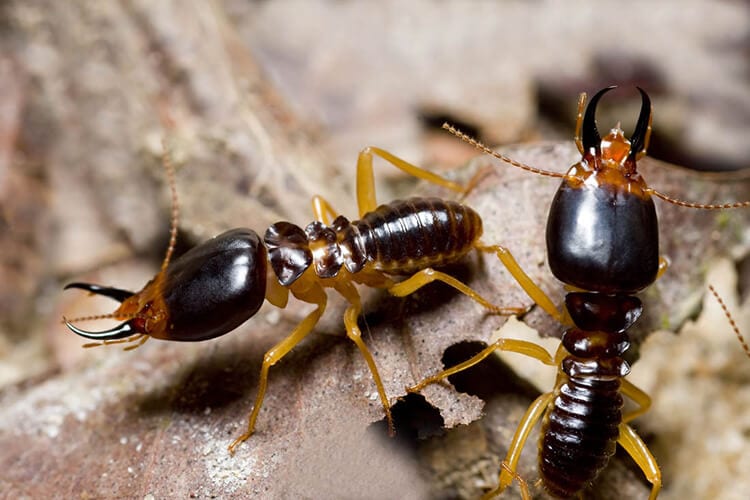Termite Identification
With so many different termite species and termite stages of life, termites can have varying appearances. For the most part, termites are no bigger than ½” and vary in color from off-white to brown. Reproductive termites, called swarmers, have wings.
In Iowa, we deal with Eastern subterranean termites almost entirely. Drywood termites are not native to our state. Subterranean termites are the most common and destructive termites across the nation.
Because it can be hard to find termites themselves, it’s important to know how to find the signs of their activity. This includes damaged wood, frass, discarded wings, and swarmer termites.
Here in Iowa, termites are active all year long. However, termites typically swarm in the spring and summer months. In the winter, they may be less active but can still infest a property.
Out of all pests, termites have one of the most unique life cycles. Termite nymphs will molt several times before being assigned a caste, or work role within the colony. Castes include worker, soldier, and reproductive termites.
Termites aren’t just common here in Iowa—they are a nationwide pest problem. Termites are more abundant and common in regions with mild to warm and humid climates.
A termite colony can spread into new colonies when they swarm in the spring or summertime. A termite colony can also spread throughout a property as the population size grows.
Termite Identification
Serving Central Iowa since 1989
Des Moines | West Des Moines | Cedar Rapids | Davenport | Iowa City | Urbandale
Marshalltown | Fort Dodge | Waterloo | Ankeny | Ames | Altoona | Bondurant | Waukee
Home » Termite Learning Center » Termite Identification

